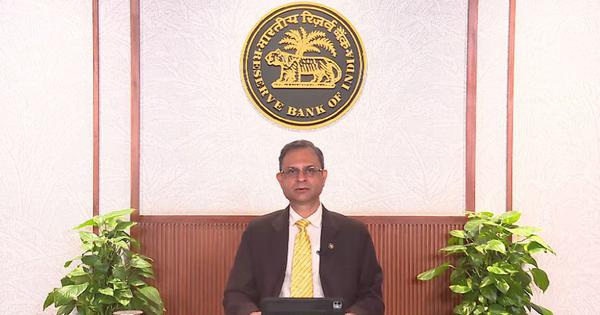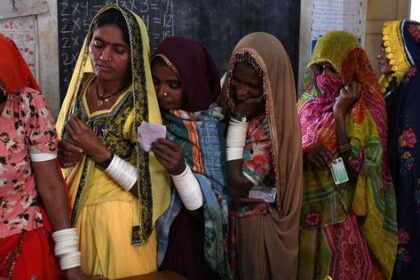Central bank revises inflation forecast downwards as growth outlook shows resilience despite challenges.
The Reserve Bank of India’s Monetary Policy Committee announced on Wednesday that it would keep the repo rate steady at 5.5% for the second consecutive meeting. This decision comes against a backdrop of global tariff-related uncertainties affecting the economic landscape. The repo rate, which is the interest rate at which the central bank lends to commercial banks, serves as a critical tool for monetary policy aimed at influencing borrowing and spending in the economy.
In its previous meeting in June, the committee had lowered the repo rate by 50 basis points from 6% to 5.5%, following reductions of 25 basis points in both April and February. A basis point is equivalent to one-hundredth of a percentage point, and these adjustments are typically made to stimulate economic growth by making borrowing cheaper for individuals and businesses. This mechanism allows for lower equated monthly installments for borrowers, potentially fostering increased consumer spending.
During the announcement, RBI Governor Sanjay Malhotra noted that the committee had opted to maintain a ‘neutral’ monetary policy stance. This neutral approach allows for flexibility in adjusting policy rates based on evolving economic conditions. However, two members of the committee expressed a differing opinion, suggesting that the stance should shift from neutral to accommodative, which would involve a more proactive approach to increasing the money supply in the economy.
In recent months, external factors have played a significant role in shaping India’s economic environment. The administration of former U.S. President Donald Trump imposed tariffs on a range of countries, including India, with claims that these tariffs were necessary due to concerns regarding India’s imports contributing to Russia’s military actions in Ukraine. Specifically, tariffs on goods imported from India were raised to 50% in August for purchasing Russian oil.
Alongside the repo rate decision, the RBI also revised its inflation forecast for the financial year 2025-’26, lowering it to 2.6% from an earlier estimate of 3.1%. This adjustment was attributed to factors such as cuts in goods and services tax and improved food prices. The committee’s quarterly estimates suggest a steady decline in inflation, projecting it to reach 1.8% for both the second and third quarters before rising to 4.0% in the fourth quarter.
Malhotra remarked on the significance of recent developments, stating that both domestic and global economic changes have influenced the growth-inflation dynamics in India. He highlighted the positive impact of a good monsoon on the Indian economy, which has shown resilience with a projected real GDP growth rate of 6.8% for the year, up from an earlier estimate of 6.5%. Despite these positive indicators, the RBI acknowledged that growth remains below aspirations, with NITI Aayog Chief Executive Officer BVR Subrahmanyam previously stating that an annual GDP growth rate of 8% is necessary for India to achieve its goal of becoming a developed economy by 2047.








